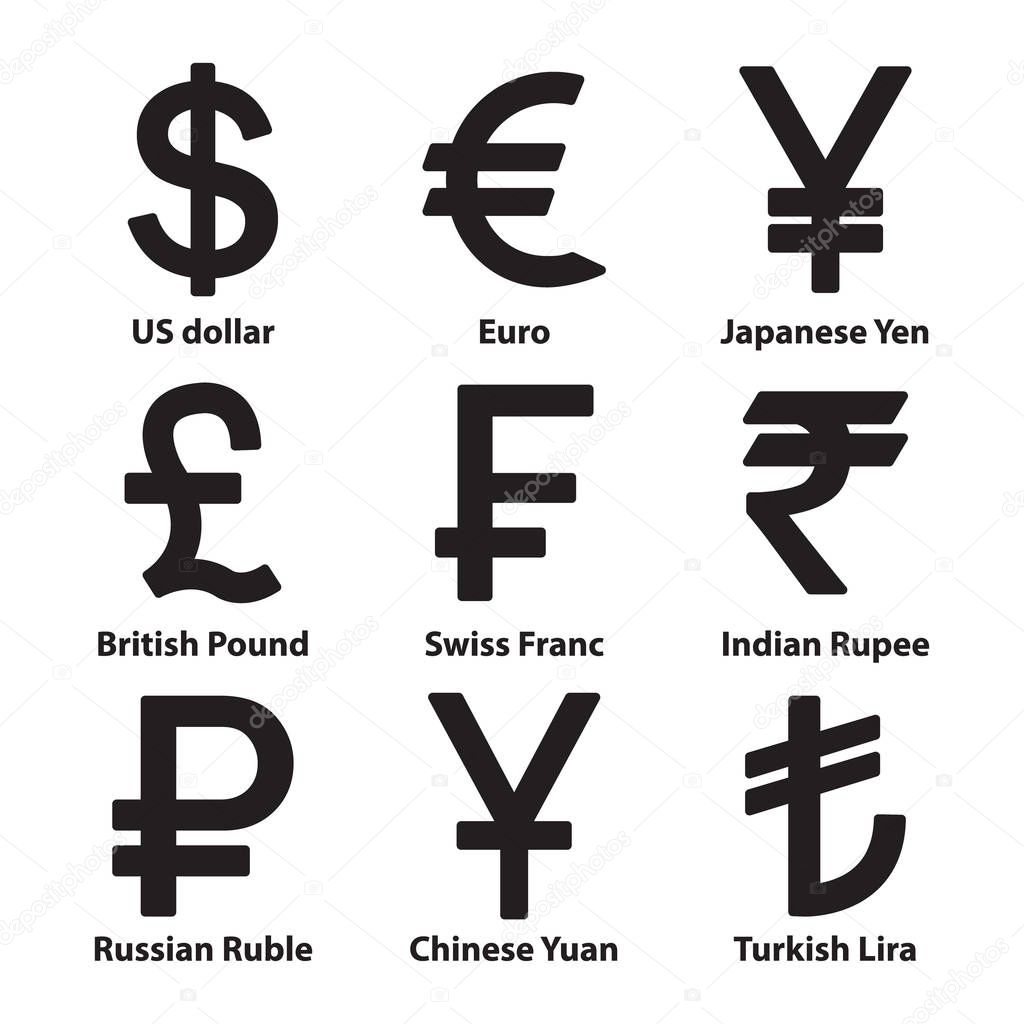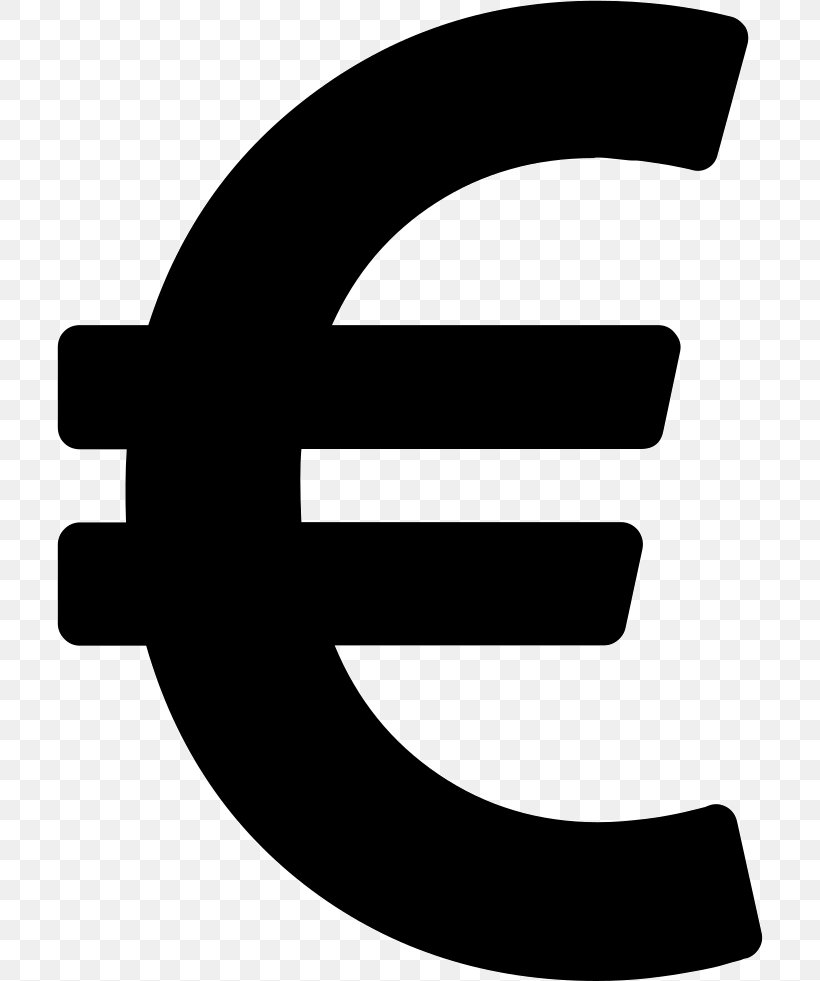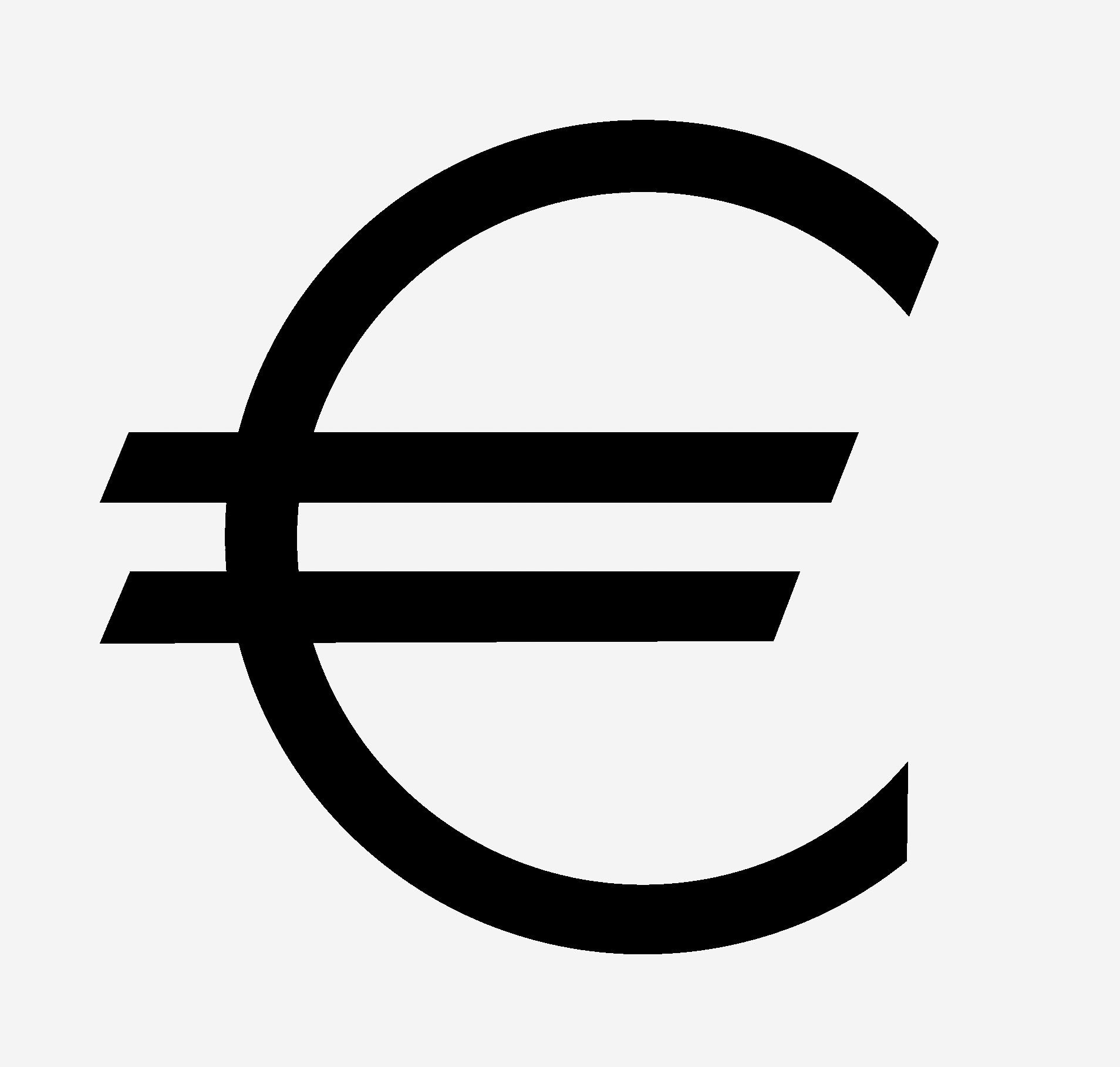When navigating the complex world of international finance, have you ever paused to consider the subtle but significant role of currency representation? Understanding when to deploy currency codes versus symbols is paramount for clear, unambiguous communication, especially in the increasingly globalized marketplace.
The choice between using currency symbols and their corresponding codes hinges on several factors, including context, audience, and the need for precision. While it's a widely accepted convention that currency symbols are visually intuitive and immediately recognizable, particularly within specific geographical regions, the utilization of currency codes offers distinct advantages, especially when dealing with multiple currencies or when technical clarity is essential. The core issue revolves around achieving both clarity and efficiency in financial communication across various platforms and audiences.
Currency symbols, such as the dollar sign ($), the euro sign (), or the British pound symbol (), are instantly recognizable visual cues. Their primary function is to provide a quick and easily understood representation of a currency unit. This makes them ideal for everyday transactions, pricing displays, and general financial communication within a specific geographic area. However, symbols alone can sometimes be ambiguous, especially when dealing with multiple currencies, or in contexts where precision is critical. The dollar sign, for instance, is used by several countries, and the lack of context can lead to confusion. On the other hand, currency codes, like USD (United States Dollar), EUR (Euro), and GBP (British Pound Sterling), provide a standardized, unambiguous way to identify currencies. These codes, typically consisting of three letters, are defined by the International Organization for Standardization (ISO) and form the bedrock of international financial transactions.
- Idpfr Find Illinois Professional Licenses Disciplinary Info
- Penn State News Roundup Lacrosse Drafts 2025 Outlook Bsd
Consider the nuances of presenting monetary values across various regions. In some areas, the convention is to place the currency symbol before the amount, as in "$100," whereas, in others, the symbol may follow, such as "100$". The placement of the decimal separator also varies, with some cultures using a period (".") and others a comma (","). These regional differences underscore the importance of adapting the presentation to the intended audience. Currency symbols, when used in conjunction with locale-specific formatting, offer this adaptability, making financial information accessible and easily understandable to local consumers.
Currency codes, on the other hand, excel in situations where multiple currencies are involved. Imagine a global financial report that presents data in USD, EUR, and JPY simultaneously. Using currency codes in a table format ensures that the currency is clearly and unambiguously identified for each entry. This clarity becomes even more critical when displaying data in tables that support sorting, resizing, or rearranging. In such cases, separate columns for currency codes and values grant the user enhanced control and a more organized experience.
The euro, symbolized by the sign and represented by the ISO code EUR, offers a case study in currency representation. Introduced as a non-cash monetary unit in 1999, with notes and coins appearing in 2002, the euro quickly became a symbol of European unity. Its symbol, a stylized "E" with two parallel lines, is instantly recognizable within the Eurozone, which comprises 20 of the 27 European Union member states. The Euro's standardization is crucial for financial transactions, pricing, and overall financial communication within the Eurozone, streamlining the monetary landscape for both consumers and businesses.
- Dancing With The Stars Judges 2025 Whos Returning New Faces
- Cookie Run Kingdom Cheese Vault Passcode Guide Find The Code Get Rewards
The decision to use currency codes or symbols is often a matter of context and target audience. In a website, for example, the ideal approach could be to use currency symbols for visual clarity in everyday displays, while leveraging currency codes in more technical contexts such as tables, data reports, or back-end systems. This ensures both user-friendliness and the necessary precision for financial operations.
In practical terms, the use of currency codes is indispensable in data-driven applications. For example, when setting up the currency for a user or managing transactions, the use of currency codes would be a wise choice. This approach is particularly beneficial when managing multi-currency transactions because each currency is distinctly identified. Likewise, when developing applications, the need for symbols to appear and disappear adds unnecessary complexity.
While a currency symbol provides immediate visual context, currency codes provide a structured and unambiguous representation that lends itself to data analysis and database management. When creating reports that must integrate with multiple systems or display currency information in tables, codes offer a cleaner and more efficient solution. They also allow systems to properly sort, filter, and manipulate currency-related data without the need for parsing or interpreting potentially ambiguous symbols.
The importance of differentiating between currency symbols and codes is undeniable. Currency symbols are the visual shorthand of money, whereas currency codes are the standardized identifiers used to ensure financial communication across international boundaries. The goal, therefore, is to balance visual clarity with technical precision. Modern applications and websites are incorporating both to provide a seamless user experience.
The use of a generic currency symbol, though available, often falls short because the specific currencies represented globally, such as the euro, British pound sterling, the Japanese yen, and the Indian rupee, carry more weight in the global marketplace. In the world of international finance, where communication is crucial, the right choice between currency codes and symbols often comes down to the specific needs of the communication. This may include the region, the nature of the information, and the expected level of technical expertise.
Finally, think about the user's perspective. Users should not need to worry about intricate details such as which currency symbol to use or the correct decimal separator format, regardless of their regional settings. This ensures that the information is easily understood.
| Category | Details |
|---|---|
| Definition | Currency codes are standardized alphabetic codes assigned by the International Organization for Standardization (ISO) to represent currencies. They consist of three letters and are used for international financial communication. |
| Examples | USD (United States Dollar), EUR (Euro), GBP (British Pound Sterling), JPY (Japanese Yen) |
| Usage |
|
| Benefits |
|
| Contexts Where They Excel |
|
| Key Considerations |
|
| Reference | ISO 4217 Currency Codes |



Detail Author:
- Name : Krista Morissette MD
- Username : nhodkiewicz
- Email : valentine26@yahoo.com
- Birthdate : 1973-02-09
- Address : 13905 Hailey Drive Suite 307 Herbertfort, DC 11601-3560
- Phone : +12106054715
- Company : Gerhold Inc
- Job : Architect
- Bio : Delectus voluptates dolor animi pariatur corporis molestiae quaerat. Ipsum in asperiores numquam libero itaque velit. Nostrum asperiores et distinctio.
Socials
tiktok:
- url : https://tiktok.com/@lquitzon
- username : lquitzon
- bio : In nostrum id officiis velit quisquam.
- followers : 6955
- following : 306
instagram:
- url : https://instagram.com/lquitzon
- username : lquitzon
- bio : Quaerat animi non quod voluptas nostrum. Architecto et beatae quo. Quae incidunt libero unde nemo.
- followers : 6354
- following : 394
twitter:
- url : https://twitter.com/lquitzon
- username : lquitzon
- bio : Omnis laborum sint atque architecto omnis deserunt. Consequuntur dolore sed molestiae culpa. Aut quo ea ipsa officiis consequatur.
- followers : 4716
- following : 1266